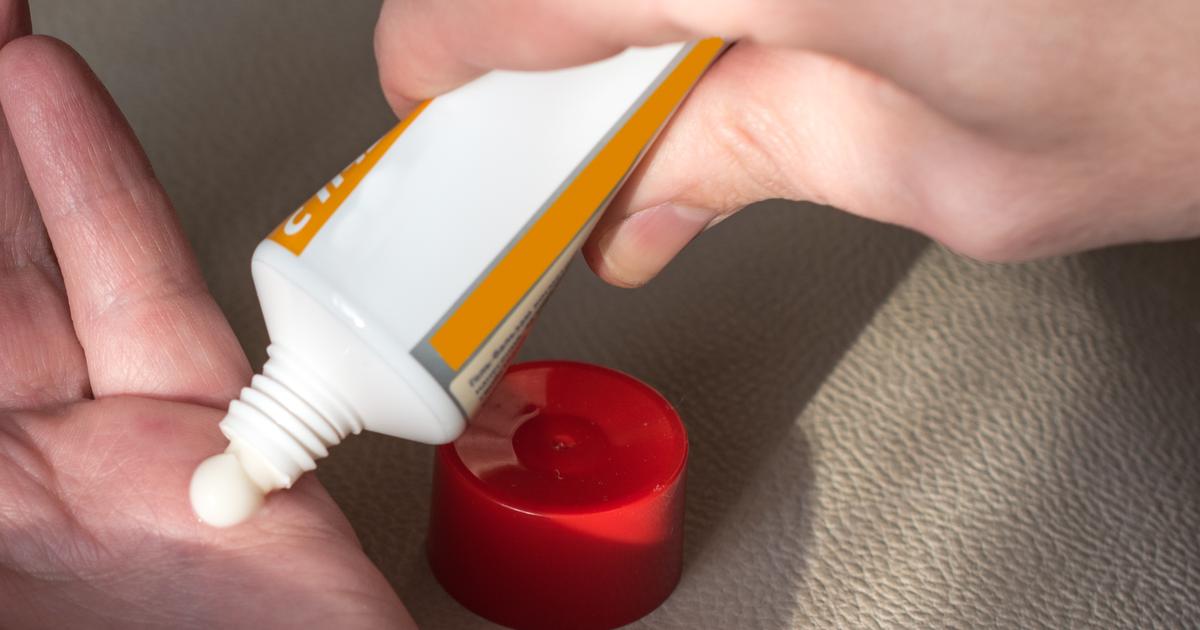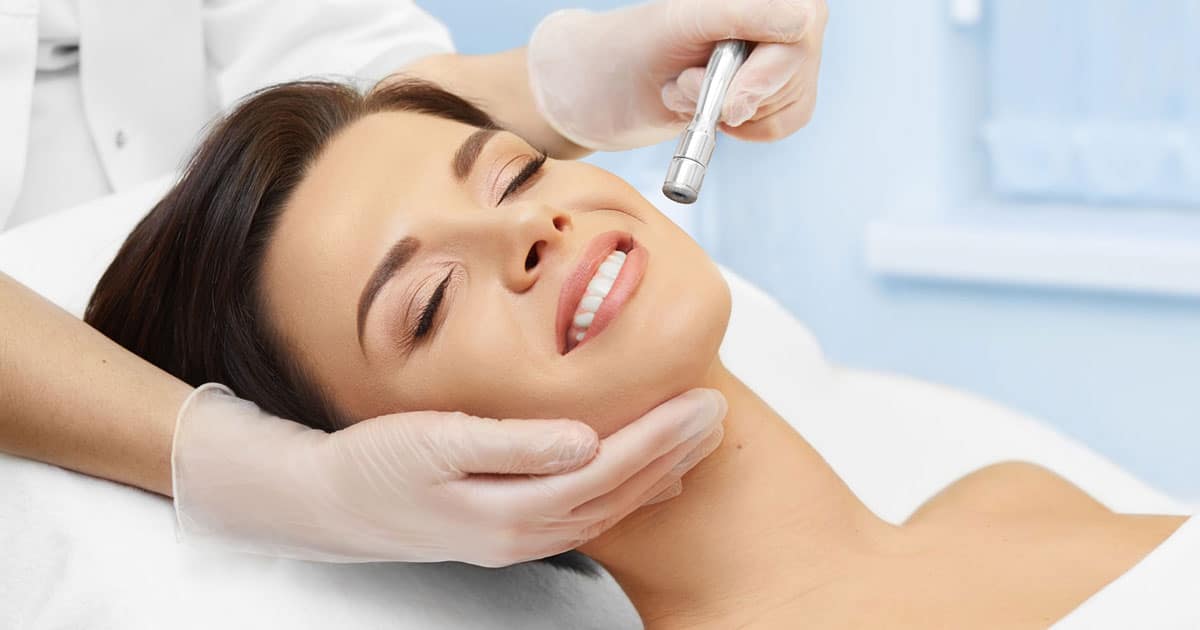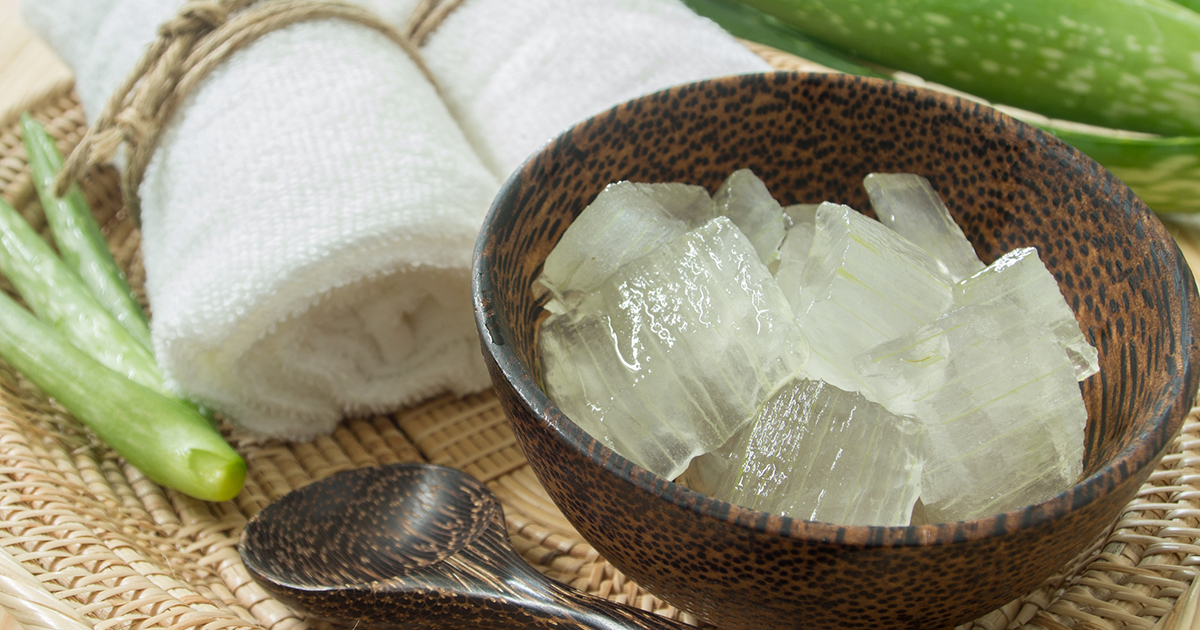How To Effectively Treat Hyperpigmentation
Hyperpigmentation is a common skin condition that typically presents in a person as their body ages. In this condition, patches of the skin become darker than the individual's normal skin tone. It occurs when melanin, the naturally brown pigment responsible for producing an individual's normal skin color, gathers in deposits on the skin, creating a darker patch. Hyperpigmentation affects individuals of all skin colors and tones, regardless of race. The most common form of this condition presents as liver or age spots, which occur as a result of sun damage over the course of an individual's life. Most patches develop on the hands and face and are harmless, though unsightly.
The following treatments have been shown to be effective in treating hyperpigmentation.
Use Topical Creams

Most doctors and dermatologists will recommend a patient use topical creams to address their hyperpigmentation. Because the issue is a cosmetic one, costs for treatment will come out-of-pocket, and this can be considered and factored in when choosing which option is best for an individual. Topical treatments typically include several common agents, such as hydroquinone, tretinoin cream, glycolic acid, azelaic acid, and corticosteroids. Hydroquinone is most used as an ingredient in prescription bleaching creams, either alone or with retinoids (tretinoin). Mild corticosteroids have also been shown to improve areas of discoloration, fading them over several months. These topical solutions allow instances of hyperpigmentation to become less noticeable because they treat the epidermis, or the topmost layer of the skin, where the issue is located.
Learn more about treating hyperpigmentation now.
Reduce Sun Exposure

Although anyone can develop hyperpigmentation, it's certainly much more likely to develop in the form of age spots in individuals who have spent a lot of time in the sun. Furthermore, those with fair skin, freckles, or a history of frequently burning in the sun are even more susceptible. One easy way to prevent or at least lessen or reduce hyperpigmentation is to reduce sun exposure. Individuals should try to avoid the sun between 10:00 a.m. and 2:00 p.m., as this window is home to the most intense of the sun's rays. When engaging in outdoor activities, they should be sure to use a sunscreen that offers protection from UVA and UVB light. This should be applied fifteen minutes or so before going out into the sun and reapplied often and generously. Wearing protective clothing will also help, as will shielding the face using a hat. Of course, everyone enjoys being outside on a beautiful day, but opting for shady spots is much better for the skin.
Keep reading to reveal more ways to treat hyperpigmentation now.
Stop Picking At Skin

The skin, though strong and resilient, is a highly sensitive organ susceptible to the elements and outside influences. Regardless of how often someone washes their hands, the amount of dirt, grime, and bacteria that finds its way onto their hands and under their fingernails is astounding. Each time an individual touches their face, that debris is transferred to their skin, finding its way deep into their pores. Likewise, the skin's ability to heal itself and bounce back declines as the body ages, due to decreased collagen production. Individuals should stop picking at their skin, especially the skin on the face, in order to reduce scarring and discoloration like hyperpigmentation. Protecting the skin by keeping it clean, hydrated, and moisturized will reduce the risk of hyperpigmentation or mediate its appearance if it has already developed.
Uncover more options for the treatment of hyperpigmentation now.
Microdermabrasion

Traditional dermabrasion involves planing the epidermis down, removing it to allow for a new layer of skin to grow in its place. Though formerly popular, this procedure often leaves the skin sensitive, red, and scabby, at least for a time. Microdermabrasion was developed as a less aggressive approach to achieve the same results. In this treatment, which is typically conducted over a series of procedures done over several months, a doctor or aesthetician will spray the patient's face with a crystal-like substance, gently exfoliating and rejuvenating the outer layer of the skin, leaving it looking and appearing more youthful, bouncier, softer, and brighter. The treatment is highly effective in reducing the intensity of hyperpigmentation and evening out the individual's skin tone.
Continue to reveal more hyperpigmentation treatments now.
Try Some Aloe Vera

Individuals looking for a cheaper, more-natural, at-home treatment method for hyperpigmentation should try some aloe vera. The gel found inside the leaves of this succulent plant has been used to treat skin irritations for centuries and comes with little to no risk. The gel can be extracted straight by breaking a fresh leaf off the plant and applying it directly to the skin, or bottles can be purchased from a store. The individual's skin will immediately feel the cooling effects, which are meant to neutralize and soothe epidermal irritations, such as sunburns. Aloe vera is present in a wide variety of skin care products, and those who wish to treat their hyperpigmentation can look for it as an active ingredient in moisturizers, masks, toners, and cleansers.
